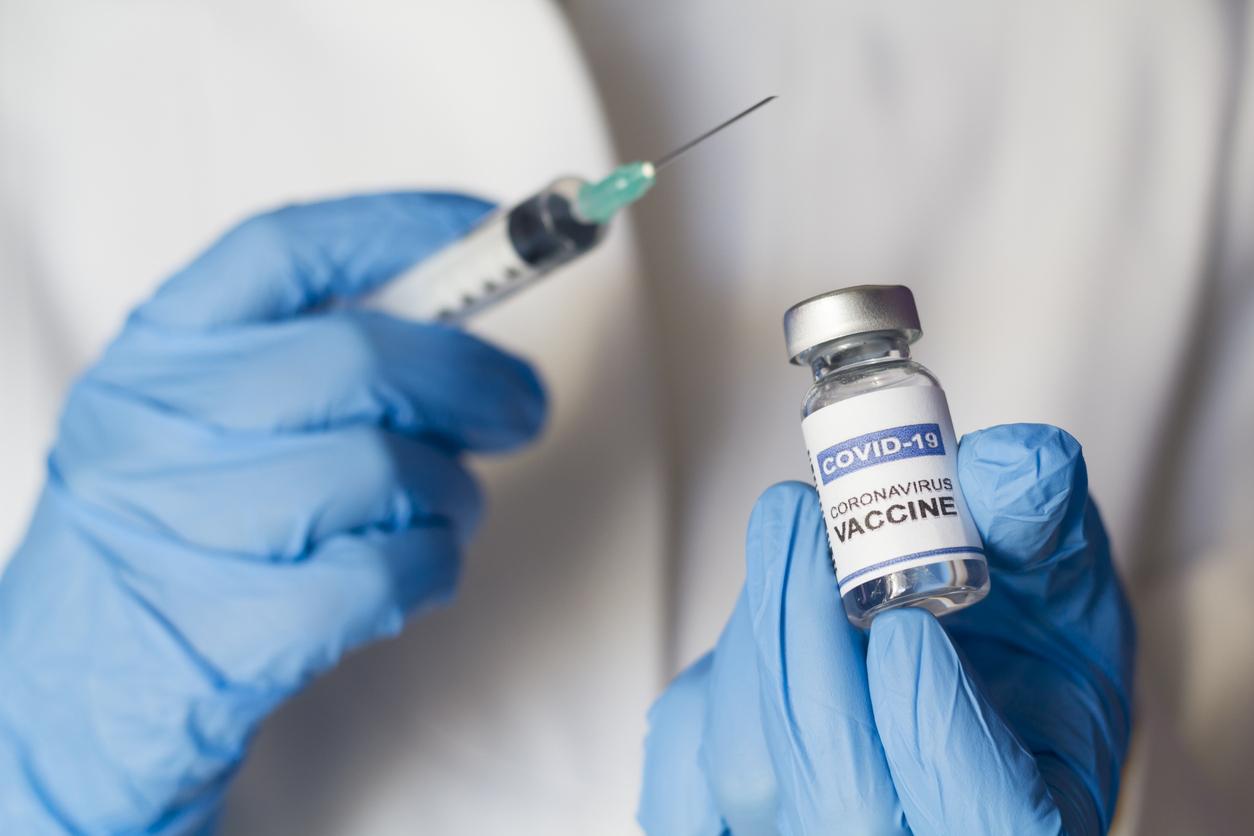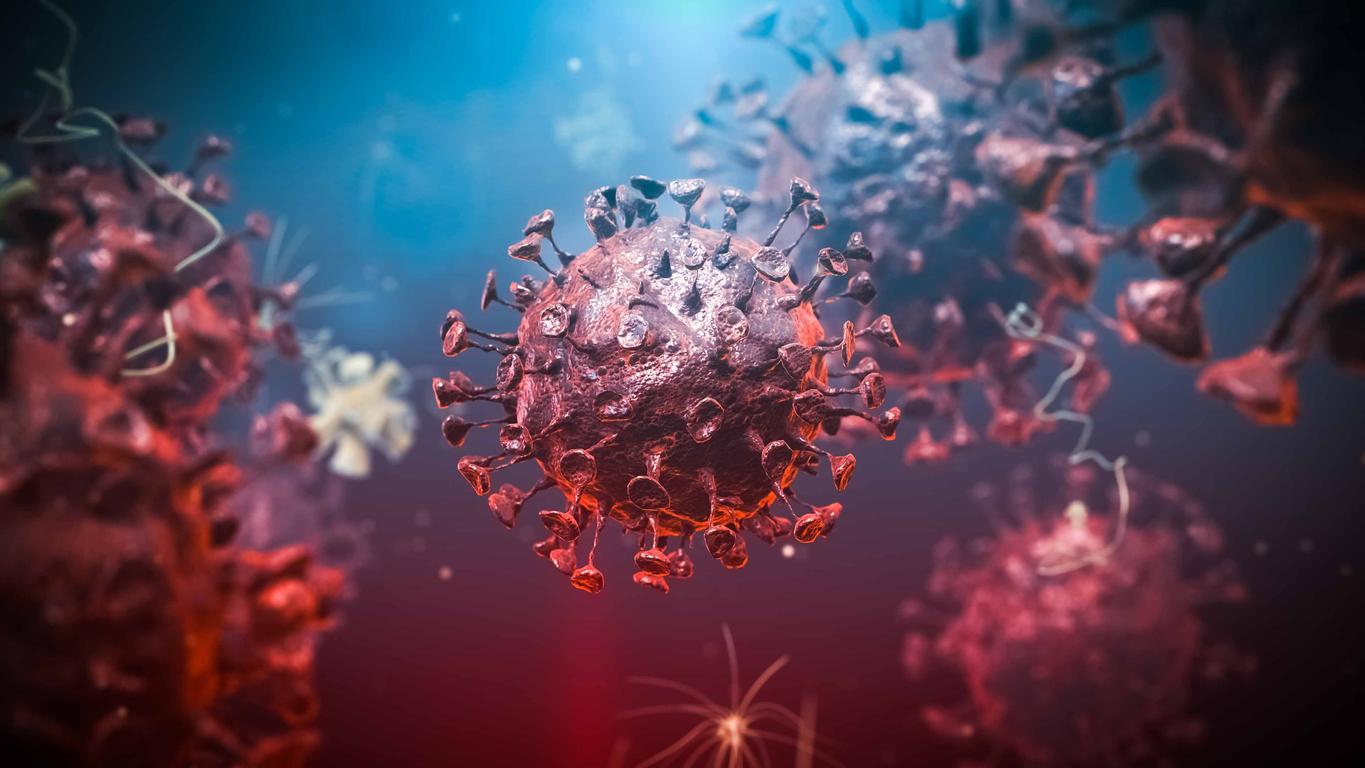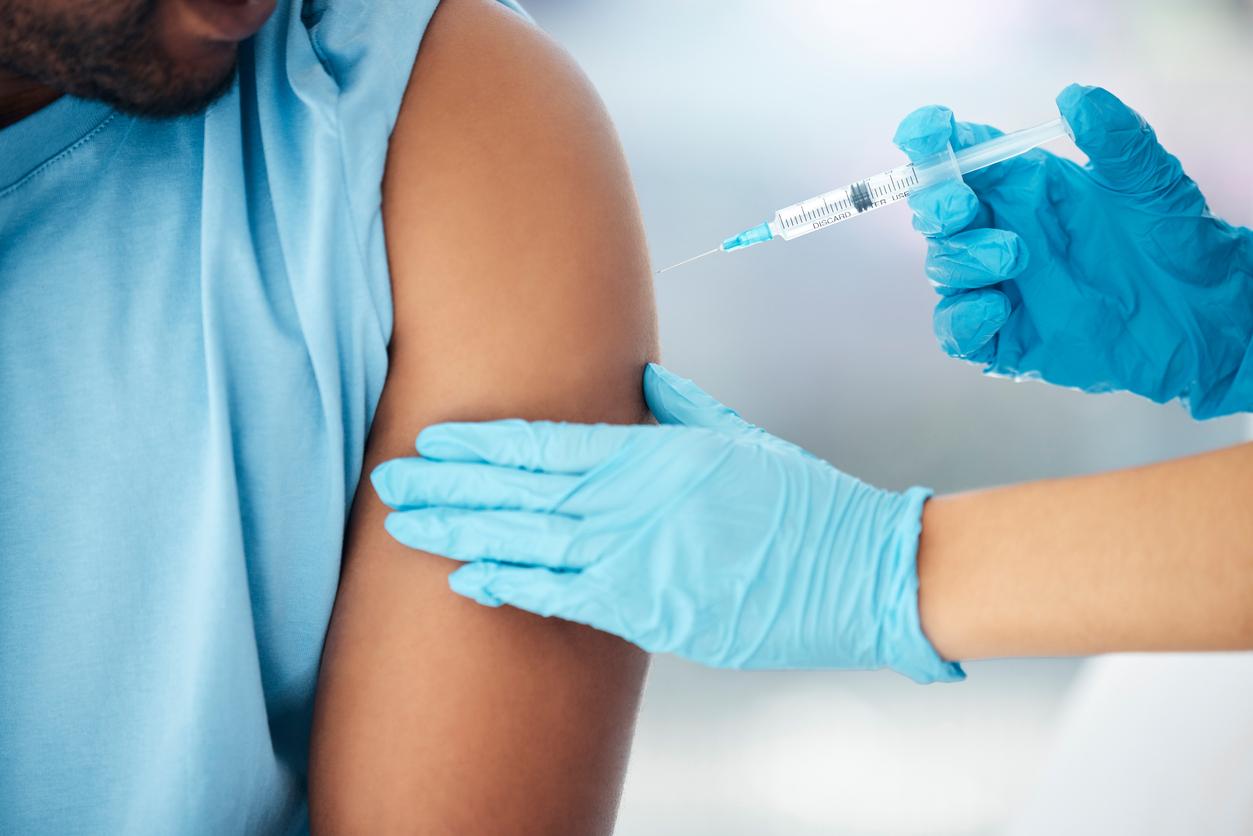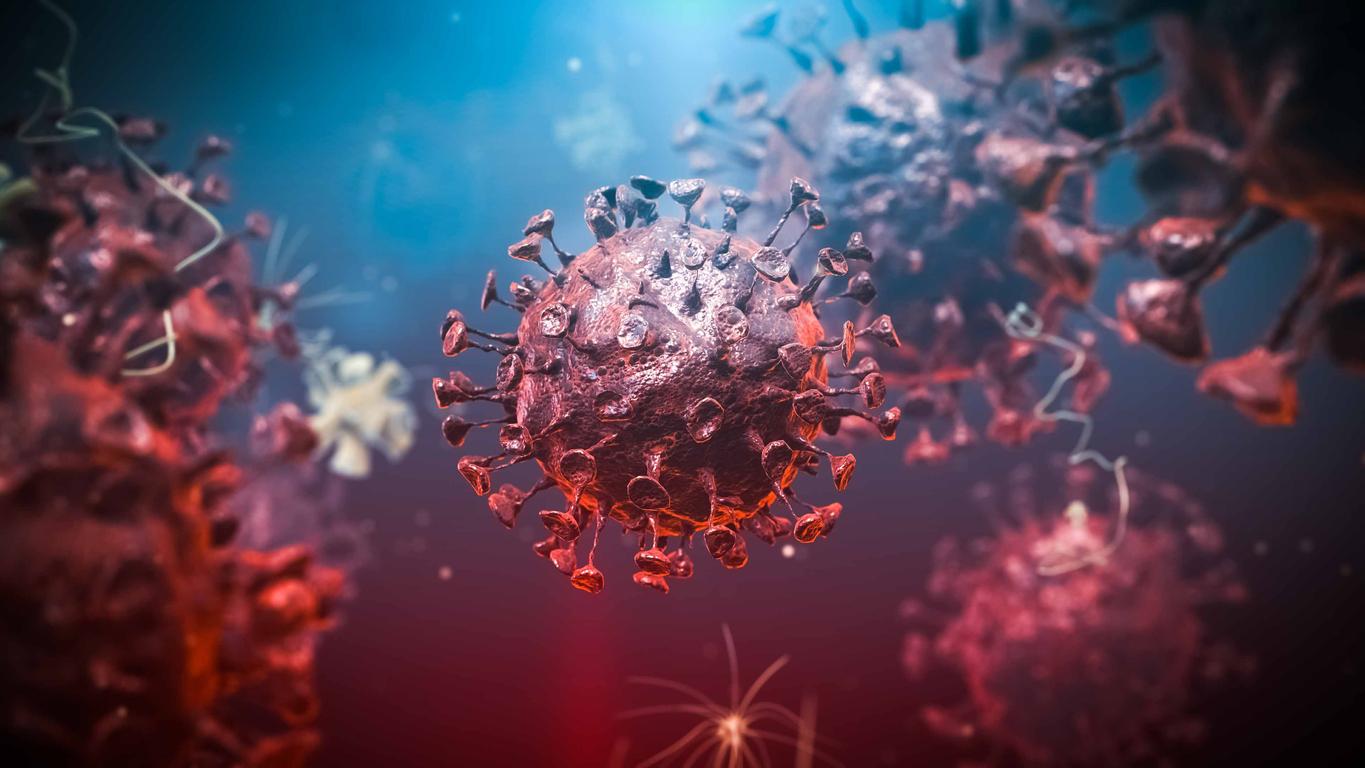Researchers have observed that when cells are infected with Covid-19, large tentacles grow on their surface, presumably to accelerate the spread of the virus in the body.
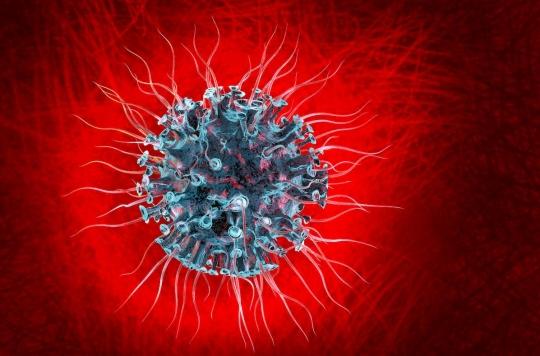
- The coronavirus alters cellular metabolism and causes chain reactions that lead to the production of tentacles, allowing the virus to spread and quickly infect other cells
- This discovery makes it possible to target specific treatments
The coronavirus continues to reveal its secrets through scientific research. The latest concerns the hijacking of cellular metabolism driven by the SARS-CoV-2 virus. In a large study carried out by researchers at the University of California in San Francisco (United States) – not yet published but which will appear soon in the journal Cell, as advertised FinancialTimes — scientists have studied changes in phosphorylation cellular proteins during infection, i.e. the chemical modification of proteins. Covid-19 infection leads to a change in the activity of kinases, enzymes responsible for phosphorylation. This modification is responsible for the appearance of tentacles.
Tentacles that promote the spread of the virus
Covid-19 infection leads to a decrease in cellular proteins in the face of viral proteins. It also leads to a modification of the phosphorylation sites of cellular proteins. In detail, the researchers identified 27 proteins encoded by the coronavirus capable of interacting with 332 cellular proteins. Among them, 40 see their phosphorylation site change during the infection. One of the most striking changes concerns the kinase CK2, which is involved in numerous regulatory pathways and phosphorylates. When a cell is infected with the virus, the activity of this kinase spikes and causes tentacle-like growths to appear on the surface of the cells.
These tentacles would allow the infection to move easily through the body to spread quickly. Images made by electron microscopy have shown that these tentacles are covered with virions. “There are long chains that dig holes in other cells and the virus passes through the tube from cell to celldescribes Professor Nevan Krogan, director of the institute at UCSF who led the project. Our hypothesis is that it accelerates the infection.”
Coronavirus produces ‘sinister’ tentacles in infected cells https://t.co/tWxKmH2t5t
—Financial Times (@FT) June 26, 2020
A discovery that could lead to new therapeutic options
This discovery makes it possible to highlight drugs that can be deployed against the disease. This is particularly the case of cancer drugs, coupled with antivirals. Early experiments were performed on African green monkey kidney cells, which have already been shown to be easily infected with the virus. The potential drugs were then tested in human lung cells. One of them, Silmitasertib, is being developed by a Taiwanese laboratory for its ability to directly inhibit the CK2 enzyme. Trials could be conducted in the United States and used in combination with remdesivir, which reduces the average length of hospitalization for a patient by 4 days.

.









